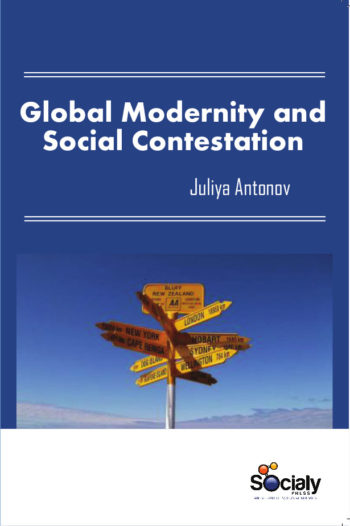All societies have families, but their form varies greatly across time and space. The history of the family is thus one of changing family forms, which result from the interplay of shifting social and economic conditions, diverse and contested ideals, and the attempts of ordinary people to build their lives amid the constraints of their particular time and place. It has been claimed that the family as an institution has become individualized in contemporary society. Because the family is a site of our most intimate experiences, the study of families tends to prompt heated theoretical and empirical debate. From the early anthropological charting of kinship systems to current analyses of proliferating family forms, studying the family has been a contested terrain. Throughout the industrialized world, the rise of divorce, out-of-wedlock parenthood, and employment among mothers has changed the experience of childhood. Children today are more likely to grow up in a home with two employed parents, a single parent, or a same-sex couple and to experience a change in their family composition before leaving home. Even children whose parents stay together and whose mothers do not hold a paid job now grow up in environments where their friends and relatives are likely to experience these life events. These changes have fueled longstanding debates about the effects of employed mothers or parental breakups on children. Growing family diversity has prompted analysts to question the empirical accuracy of structural-functional theories.
Family and Gender: Changing Values focuses particularly on how cross-national differences have changed over time and how far change is related to inter-generational differences in family values. It concerns how attitudes towards marriage, motherhood, and the morality of family behaviours differ across nations. It explores whether attitudes are converging over time; and to what extent there are generational differences regarding family values and also discover the possibility that there may have been pronounced value shifts about some aspects of family life, while other values show greater continuity.













